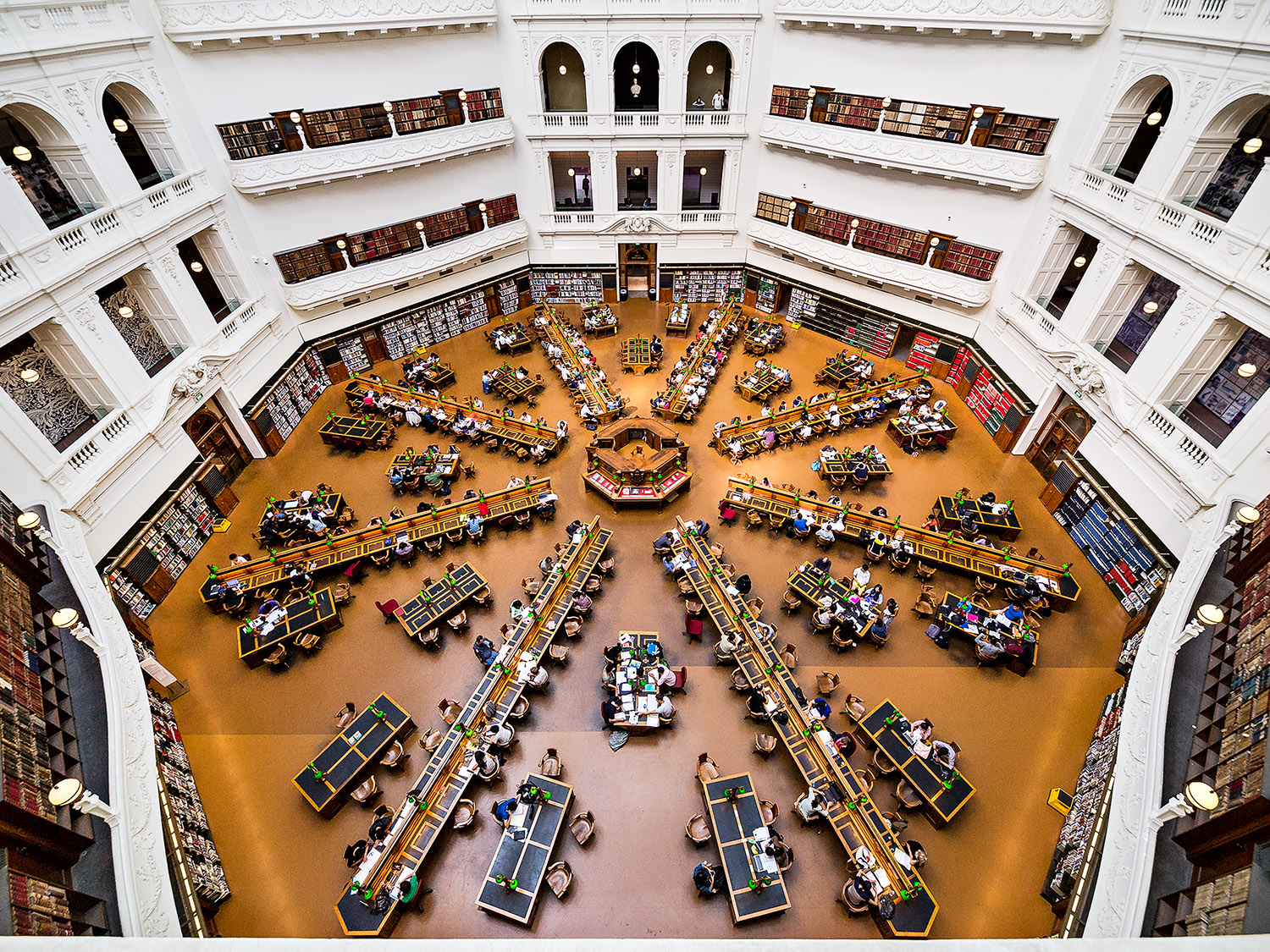Old and abandoned buildings have an endless fascination about them. They are often full of character and intrigue, and they often feel haunted by their past and the ghosts of former residents. The textures, colors and light are so different from the buildings we normally inhabit that these decaying shells often have an eerie other-worldly feel about them.
Wandering through a building in such an advanced state of decrepitude is not without its risks. This old shop - located by the roadside near Castlemaine - was littered with broken glass, pieces of wood with large projecting rusty nails, and what was left of the shingle roof appeared likely to collapse at any moment. However it seemed worth the risks involved to get these shots - the images of the building's exterior are mundane by comparison.
It helped having an ultra-wide lens. My beautiful Olympus 7-14mm zoom is one of my favourite lenses and perfect for this type of task. I took 3 bracketed shots of each of these scenes intending to try creating HDR images, but I was unable to produce one to my liking. I did end up blending two exposures manually for the first image, but the second is a single exposure.



































